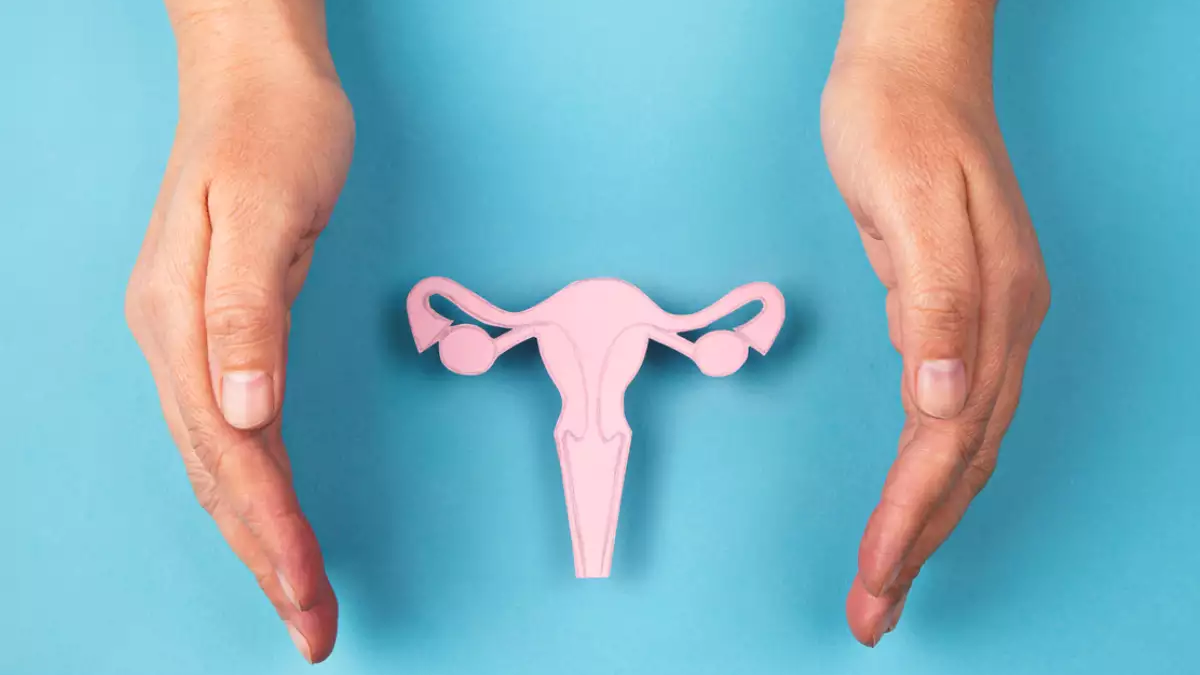Vaginal bleeding is commonly associated with menstruation. However, bleeding in between periods is not unusual for a variety of reasons. While some spotting is typical, it could also be a sign of a health problem or pregnancy.
What is the meaning of ovulation bleeding?
Light bleeding or spotting during ovulation is referred to as ovulation bleeding. When a developed egg is released from the ovary, it is called ovulation. Some individuals spot every cycle, while others only a few times, and still, others never do. Ovulation bleeding is characterized by very light bleeding that lasts one or two days and is much lighter than a period.
Depending on the pace of the blood flow, the color of vaginal discharge during ovulation bleeding can range from pale pink to vivid crimson or dark brown. Blood is mixed with cervical fluid, resulting in light pink spots. Ovulation bleeding is usually triggered by changes in hormone levels, particularly a sharp drop in estrogen just before ovulation, which can cause the endometrium — the uterus’ inner lining — to shed.
What color does ovulation bleeding look like?
It’s not the same as menstrual bleeding. In a widely used doctor’s manual called UpToDate®, it was described as modest amounts of clinically apparent bleeding or a blood-stained discharge. It’s usually a reddish, brown, or pink color.
Why does ovulation bleeding and spotting occur?
The hormonal changes around ovulation time, notably a decline in estrogen levels, induce ovulation bleeding or spotting. Around the time of ovulation, women who have ovulation bleeding may have elevated amounts of luteal progesterone and luteinizing hormone.
Bleeding after ovulation is a common occurrence (implantation bleeding)
After ovulation, spotting might be an indication of pregnancy. This is commonly referred to as implantation hemorrhage. When the fertilized egg implants in the uterus, this occurs. It happens around the time you expect your period to begin, but you’ll notice substantial changes from your regular period.
Implantation bleeding is often pale pink to dark brown in colour and flows slowly. It might last anywhere from 12 hours to two days. As an early symptom of pregnancy, about one-third of women will have implantation bleeding.
Other types of spotting
Apart from ovulation, implantation, and regular periods, other conditions might cause vaginal bleeding:
- Contraceptives (birth control pill, IUDs, and other hormonal contraceptives)
- Fibroids and polyps
- Infections
- Bleeding disorders
- Other conditions
Spots or bleeding associated with ovulation, implantation, or periods are completely normal. If you suffer unusual or severe bleeding, however, seek medical help. Keeping track of your cycle can help your doctor figure out what’s causing your bleeding or spotting.
Consultation with your physician
While most incidences of spotting around ovulation are harmless, if you’re concerned or have odd ovulation symptoms, consult a doctor.
When a [person] has irregular bleeding, the doctor should consider the patient’s age and how long the problem has been present, as well as a thorough menstrual history and a complete medical history, which should include bleeding irregularities such as gum disease and bruising, new medications, and sexual history. This will address 80% of your questions.
Eric Desuza
Related posts
Subscribe Now
* You will receive the latest news and updates on your favorite celebrities!
Meet the Author

Gillion is a multi-concept WordPress theme that lets you create blog, magazine, news, review websites. With clean and functional design and lots of useful features theme will deliver amazing user experience to your clients and readers.
Learn moreHOT TOPICS
Categories
- Animals (6)
- Business (576)
- Cooking (3)
- Design (17)
- Education (59)
- Entertainment (62)
- FASHION (89)
- Fashion (38)
- Featured (19)
- FOOD (42)
- Guide (55)
- Health (290)
- HOME (181)
- Interior (14)
- Life (8)
- Lifestyle (111)
- Motivation (6)
- News (47)
- People (4)
- Photography (5)
- Review (4)
- Style (4)
- TECH (176)
- Travel (107)
- Uncategorized (1,140)



Stay connected